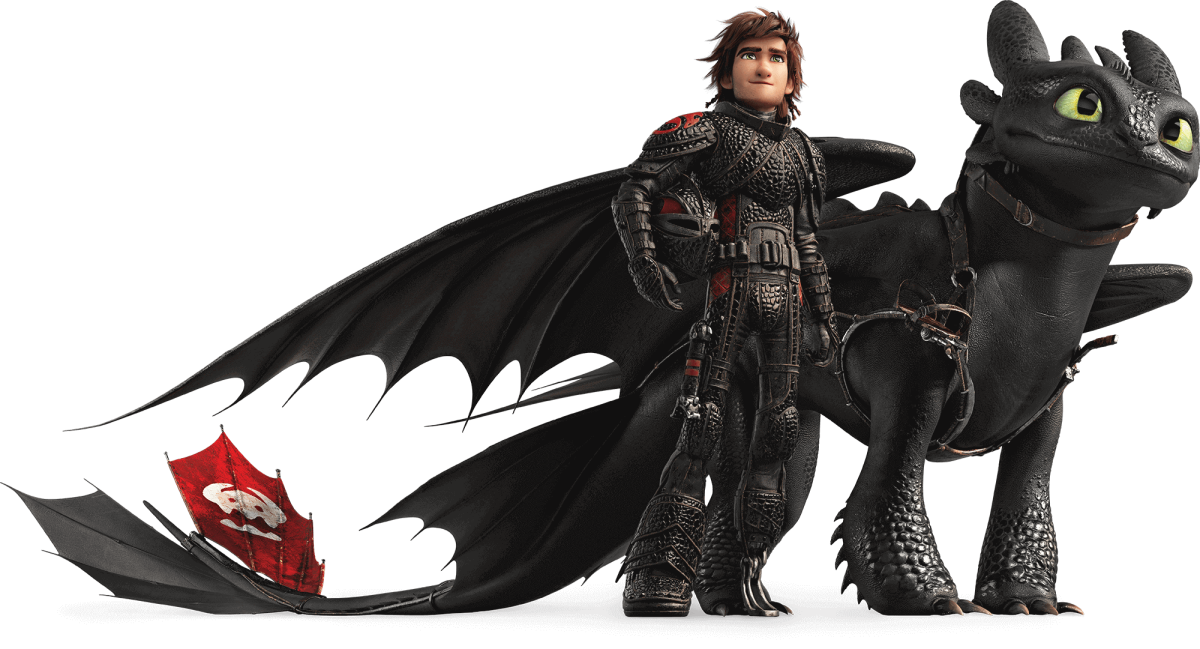From the glistening eastern sea, to the great western woods, to the radiant southern sun, to the clear northern sky, lies the magnificent land of Narnia. Filled with talking beasts, fawns, satyrs, and more, this magical land provides a safe haven for readers of all ages; all under the careful watch of the mighty lion, Aslan.
Four siblings go on adventures in a magical kingdom where they learn life lessons such as responsibility, while maintaining a childlike heart. The oldest, Peter, is protective of his younger siblings and cares about the safety of his family above all else. Susan is very logical but, contrary to the movies’ perception, also has a great sense of adventure. It was even her idea to explore Narnia in The Lion, the Witch, and the Wardrobe. Edmund is very stubborn and doesn’t like being told what to do, especially by Peter. However, by the end of the second book he becomes very loyal to his family and truly loves them. The youngest, Lucy, is the most adventurous of the four. She strongly believes in Aslan and has a special relationship with him that the other three could only dream of. Aslan always reveals himself to Lucy first because he knows that she will trust and follow him.
Although the four children are the main characters in the movies, they are actually only featured in the second, fourth, and fifth books. There are many other important characters that are not included in the films like Digory Kirke and Polly Plummer from the first book, Shasta and Aravis from the third book, Eustace Clarence Scrubb and Jill Pole from the sixth and seventh books, as well as side characters such as Caspian X, Puddleglum, Jadis, and more. Each character teaches the reader a lesson their own special stories.
Narnia has a lot of symbolism displayed throughout the series. The most popular one is that Aslan represents the Christian figure, Jesus. Aslan is always watching out for the Narnians and guests. He even participated in events that are similar to what Jesus did in the Bible. Aslan is the reason Narnia exists. The Great Lion breathed life into the world in the first book and has carefully watched over his land ever since, even when it was ruled by evil.
These symbols and meanings are the reason why Narnia is not just a children’s book. A child reading the series will love the tales of kings, queens and magic, but an adult reader will find the deeper meaning and be able to truly understand what the author, C.S. Lewis, is talking about. Before I could read for myself, my mother read the first five Narnia books to me as bedtime stories. I grew up wanting Lucy’s childlike faith, Susan’s logical sense of adventure, Edmund’s sarcastic humor, and Peter’s leadership. I loved every story as much as any child could love anything and would look forward to the nights when another chapter would bring another tale. Reading the books again now that I’m older, I can see the hard and deep themes that are discussed. From suicide attempts, to peace treaties between rival countries, Narnia is almost more relevant now than ever since it was first written in the 1950s.
Narnia gave me a greater desire to walk with God and get to know him better. The characters challenge me to be better and not make the mistakes that they did. For me, it’s an escape from the sad reality that our world is becoming so that I can come back to it fully refreshed and ready to take on the world.
Narnia isn’t a popular series like The Hunger Games or Harry Potter, but it is special in its own right. Every adventure, character, and country or island was carefully thought out by C.S. Lewis in order to create a beautiful world that everyone can enjoy after a long day. This is why Narnia always has and will be my favorite book series.




